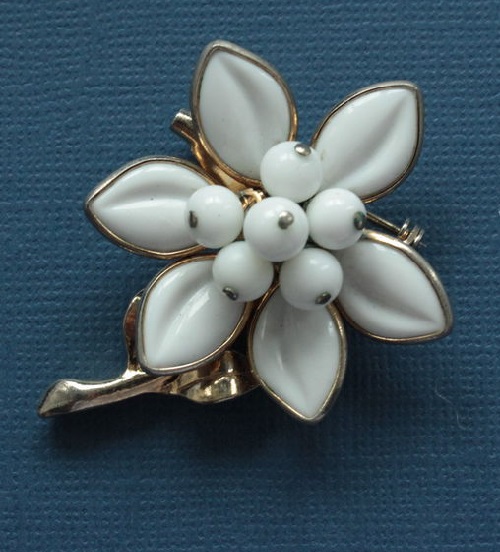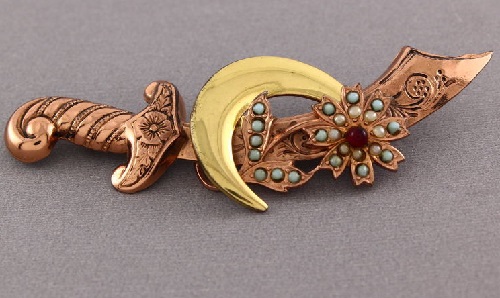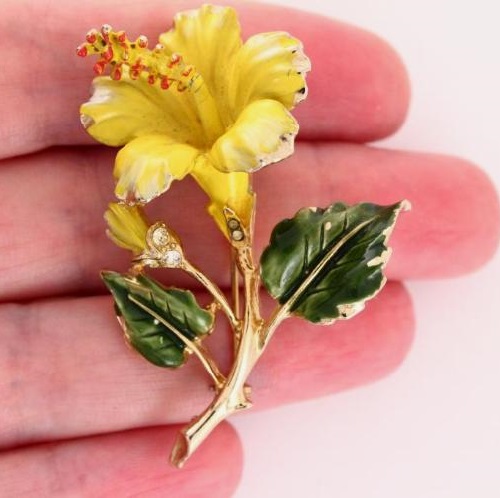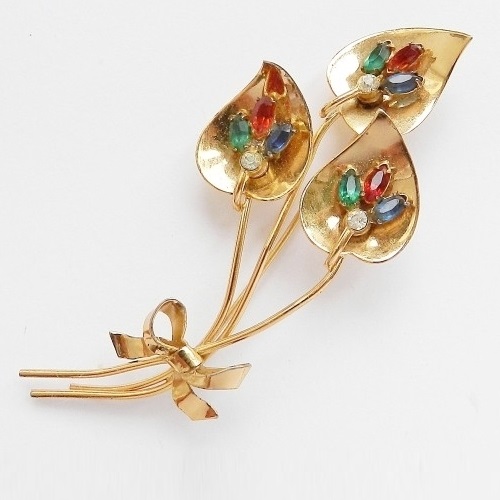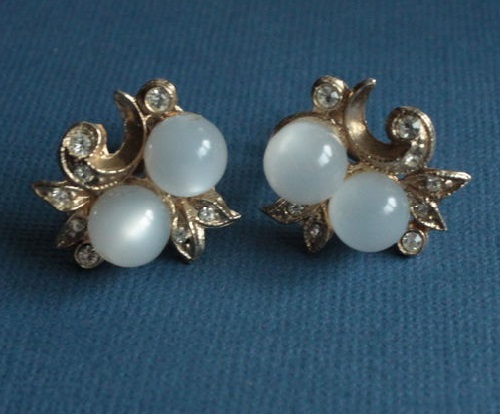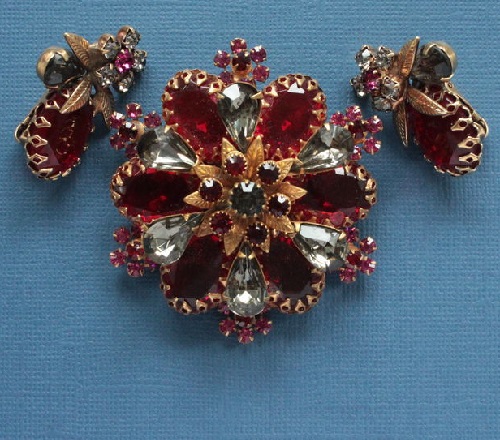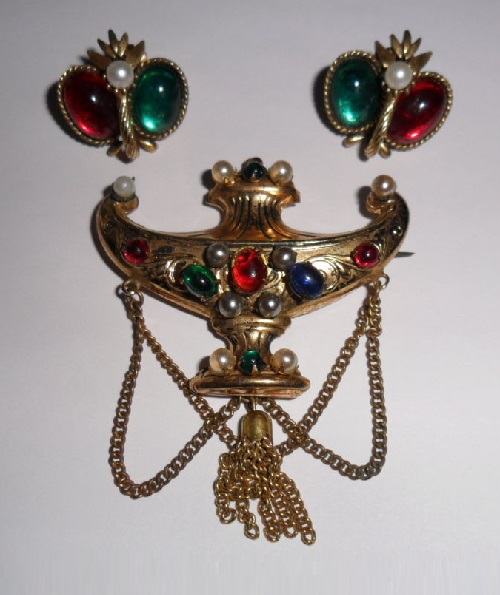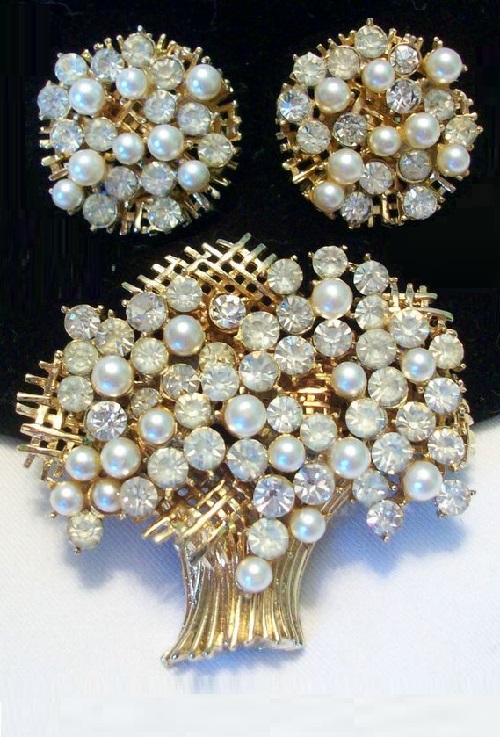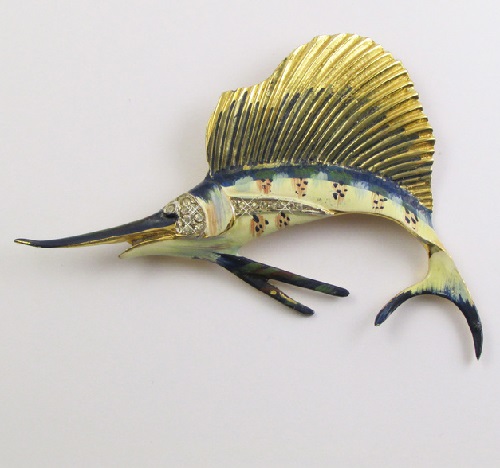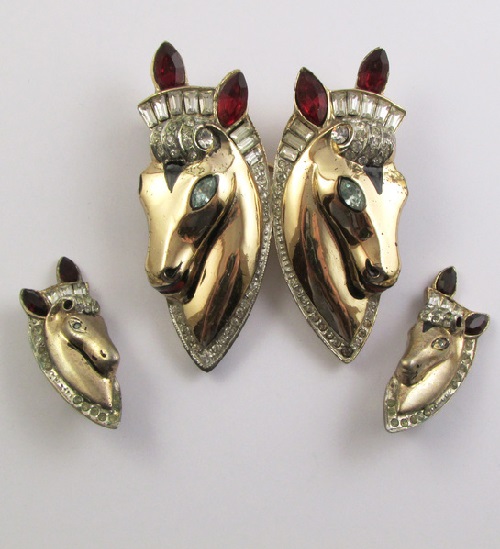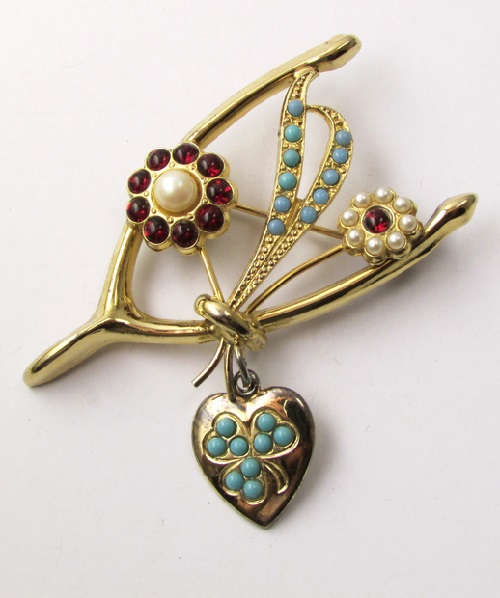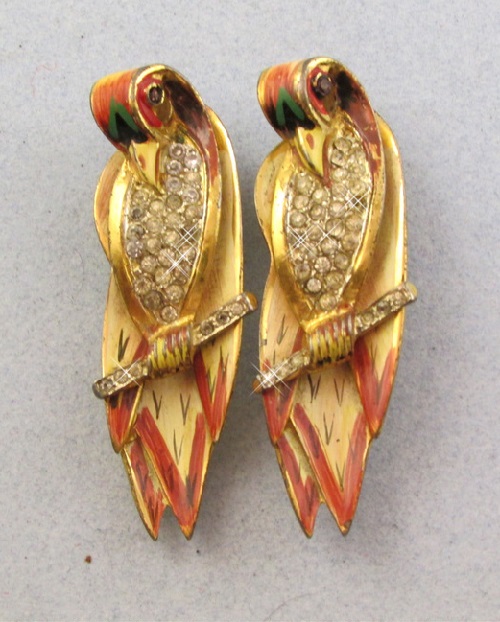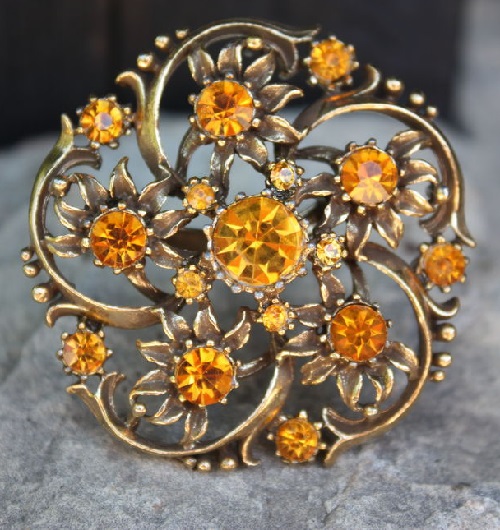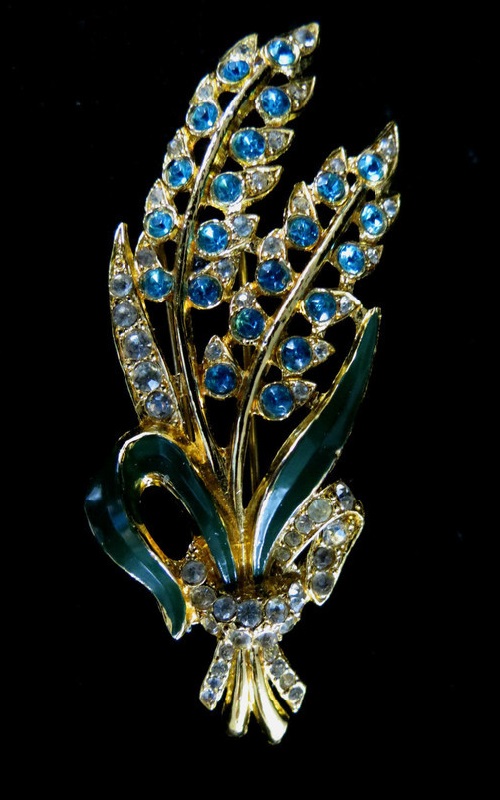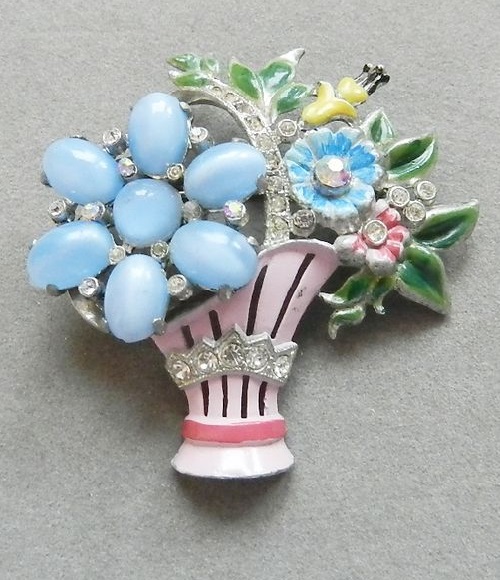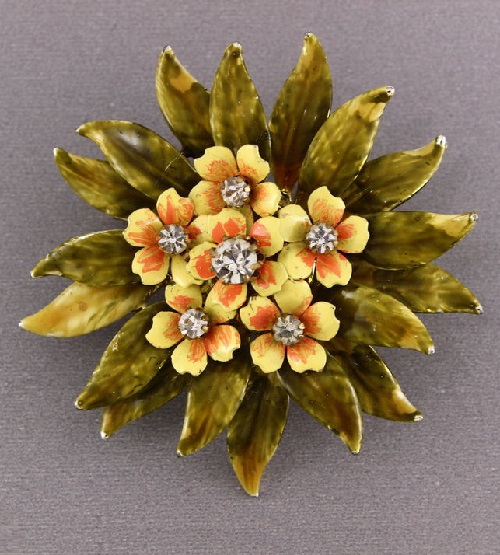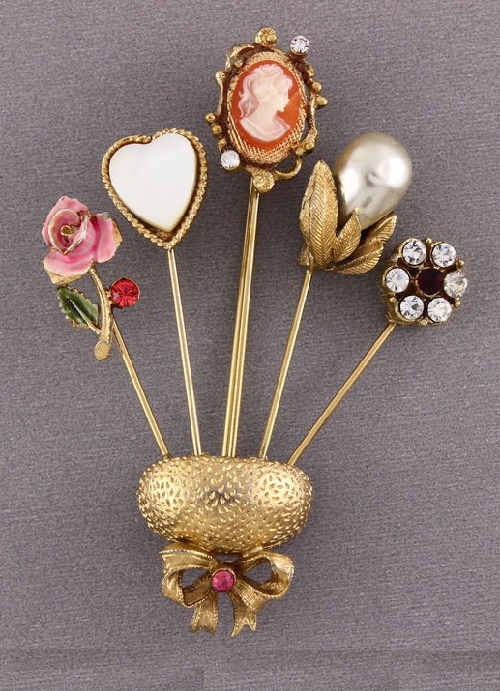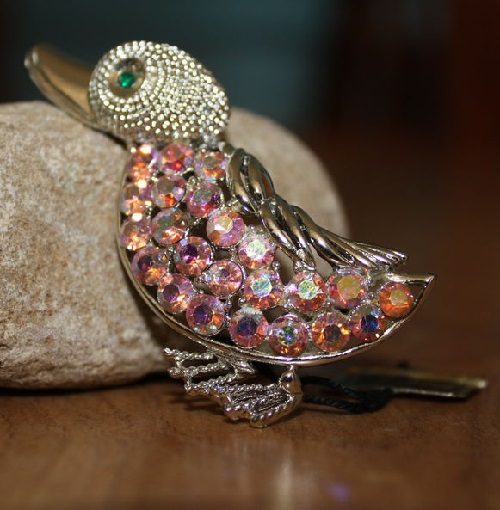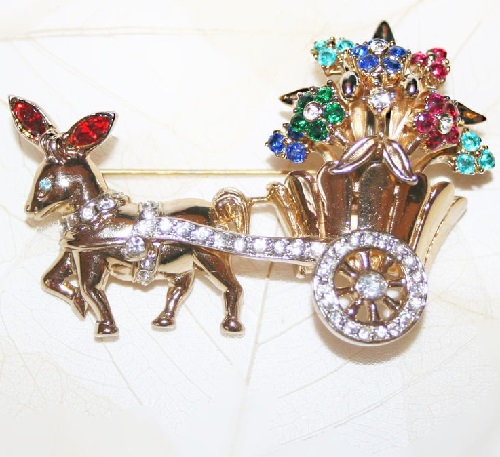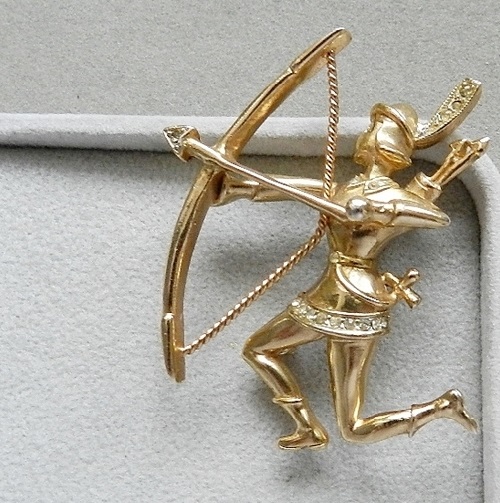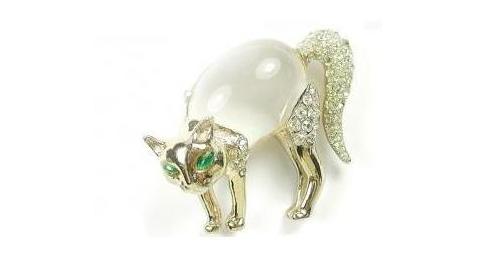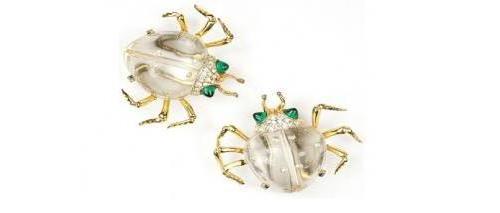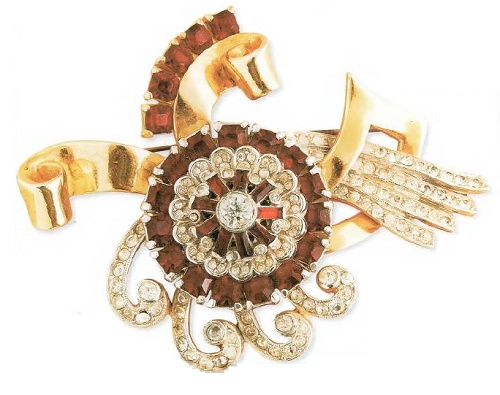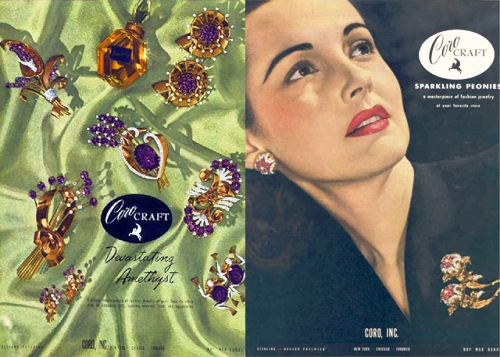Coro vintage jewellery
Coro vintage jewellery
American jewelers Emanuel Cohn and Carl Rosenberger founded “Coro” in New York in the 19th century. However, the first branded jewellery was not “CORO”, but “CR”, because the name included the first two letters of the name of each partner. Unfortunately, in 1910 Emanuel Cohn died, but the name Cohn and Rosenberger (CR) remained.
Meanwhile, by the mid-1920s, the company had been already the largest producer of jewelry on the continent. In 1937 the company began to brand products of a higher class “Coro Craft”. Noteworthy, there were several companies subsidiaries of Coro. In particular, Francois – based in marketing purposes to promote the better and more expensive jewelry line.
Under this brand produced jewellery from 1944 to 1960. And another “daughter” – the company “Vendome” produced high jewelry from 1944 to 1979. After World War II used hallmarks “Corocraft”, “Coro Pegasus” and “Coro Originals”. Finally, “Coro” stopped producing jewellery in 1979.
Exquisite jewelry, created in all price categories, decorations ranged from everyday wear to very expensive exclusive copies. Noteworthy, for Coro worked great designers: Adolf Katz, Oscar Frank Placco, Marion Weeber, Sidney Pearl, and Lester Gaba. Besides, Gene Verrecchia was chief designer for more than 30 years, from 1933 until the end of 1963.
Coro vintage jewellery
Coro created unique duette brooches, and Coro patented their mechanism in 1931. Two separate dress clamps were fixed on one basis and turned into a large brooch. Duet themes were horses, flowers, birds, geometric design, etc. with enamel and crystals of the best quality. And in the 50s there were owls, rabbits, and monkeys. No less famous were brooches “Jelly Belly”, the idea was conceived in the 1940s by Trifari and then copied by Coro.
The head of the group of designers, Adolph Katz, contributed to the success of the company. In addition to selecting sketches, he himself worked on the creation of jewelry and mechanisms. His exquisite brooches, showing excellent synthesis of the material, included floral motifs and animal figures.
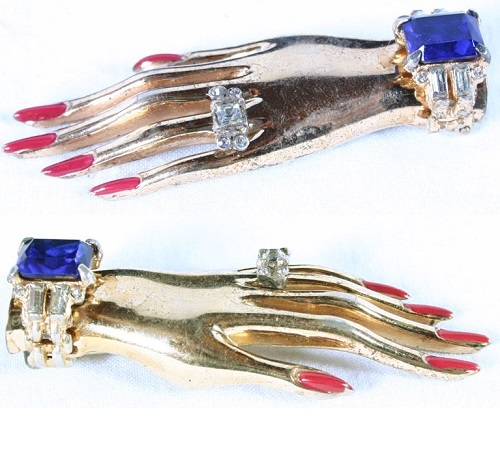
Sterling vermeil clip and earrings set in the shape of a lady’s hand with rhinestone jewels and painted fingernails
Coro vintage jewellery

Antelope brooch, 1944. Designer Adolph Katz. Gold plated sterling brooch, lucite, black and white enamel and rhinestones

Fishes. gilded silver, lucite, pink and sapphire cabochons, transparent rhinestone. 1940s 4.5 cm £ 375-425 CRIS

Owls. gilded silver, blue enamel, aquamarine and transparent rhinestone. 1940s 3.75 cm £ 150-170 CRIS




